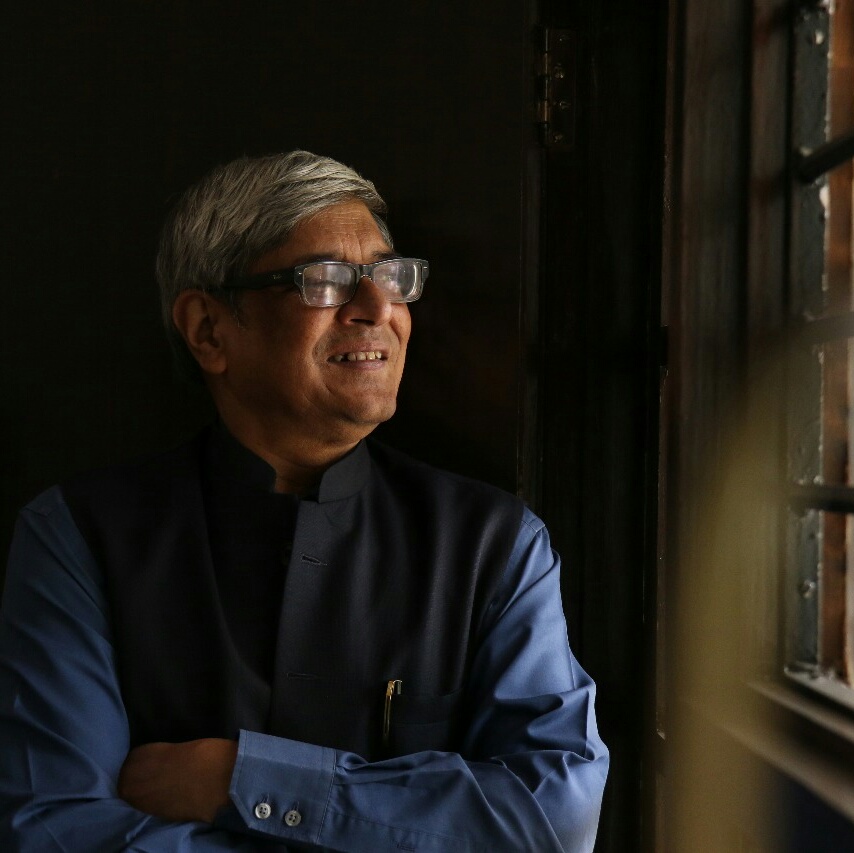Nib Manufacturing in India – the past
Knowing of my interest in fountain pens, several acquaintances have drawn my attention to a recent story done by BBC, on how India’s artisanal fountain pens are making a mark. It is a natural Indian proclivity to recognize something only when the West has given its stamp of approval. Anyone familiar with the writing instrument market in India will know (a) there is a movement towards fountain pens; and (b) “Indian” fountain pens have made that mark. Of course, that switch is relative, and it is no one’s case that fountain pens are displacing ball-point pens or gel pens. The world has changed. Therefore, “Indian” must also be qualified, since many inputs are imported. In addition to these trends, there has been greater interest in the history of fountain pen and ink making before Independence, the legacy. The revival of Sulekha is a case in point. I want to mention a few things that are probably not that well known, focusing on nibs.
In 1902, Sri Aurobindo wrote a piece titled, “The Revival of Industry in India”. I noticed this only recently. This was actually a speech written for the Maharaja of Baroda till 1940 that Sri Aurobindo had written it. (It features in Vol.1 of his Collected Works.) He said, “I would suggest that, of the many manufactures which might be successful in India, it would be advisable to begin with those in which there is a steady local demand, such as soap, candles, glass, furniture, pen-nibs, carpets, etc., and afterwards extend the field of our operations so as to include other and more elaborate articles.” Naturally, 1902 was too early for fountain pens and the pen-nibs were for dip pens. But soon after, there was Dr Radhika Nath Saha and Luxmy Stylo Pen Works in Varanasi. I need not say anything about R. N. Saha. Recently, Recently, Sovan Roy has written a comprehensive book on Radhika Nath Saha. (Radhika Nath Saha: Unsung Hero of Indian Fountain Pen, Sovan Roy, Kabitika and Inked Happiness, 2019.) In 1911, Dr R. N. Saha authored a book. (Romance of Pen Industries, Being A Complete Manual for the Manufacture of Writing Materials, their History, Progress, and Effects on human advancement, with special reference to the Economics and Prosperity Problems of India, R. N. Saha, Baptist Mission Press, Calcutta, 1911.)
Dr Saha’s book mentions nib factories that had been started in India – Gwalior State Nib Factory, a factory set up in Mumbai by Tambat Brothers and the Gujarat Nib Factory in Punjab. What were these and what happened to them subsequently? I discovered a directory from 1933. (All India Swadeshi Directory, Allahabad Law Journal Press, Allahabad, 1933.) According to this, we have a list of 12 “Indian” or “Swadeshi” nib manufacturers in 1933. They were: (1) C. M. Karmakar and Company, Comilla; (2) F. N. Gooptu and Company, Calcutta; (3) Ideal Pen Works, Sialkote; (4) Ishwar Singh, Lahore; (5) Kulkarni Brothers, Bombay; (6) M. Hirday Narain, Lucknow; (7) Model Industrial, Agra; (8) Nib Manufacturing Company, Bombay (in Sandhurst Road, Girgaon; (9) Puri Iron Works, Gujrat, Punjab; (10) Tambat Brothers, Gwalior; (11) V. S. Ball and Company, Bombay; and (12) Waise Brothers, Sialkot. These may have been nibs for dip pens, not necessarily fountain pens. The nib manufacturers mentioned by R. N. Saha do feature in this list. Gujrat means the Gujrat in Pakistan and he seems to have got the location of Tambat wrong.
The Tambat Nib Factory was important enough to be mentioned in a Gwalior Handbook, published in 1936. (A Handbook of Gwalior, M. B. Garde, Alijah Darbar Press, Gwalior, 1936.) “Established at Kurla in 1907, the factory was shifted to Gwalior in 1911. It manufactures writing pen nibs of 18 varieties and hair and drawing pins. The machine plant (of nibs and pen manufacture) is designed and built by Tambat Brothers themselves at their own works…Tambat Brothers have been awarded “special appointment warrant” by His Highness the Maharaja Scindia.” There seems to be no record of what happened subsequently to C. M. Karmakar and Company of Comilla. Comilla is now in Bangladesh. At that time, there were other nib manufacturers in Barisal and Dhaka too, not just Comilla. For example, there are references to Golbadan Swadeshi Factory, set up in Dhaka in 1904-05 for the manufacture of pens, pencils, pen-holders and nibs.
There are the pre-Independence antecedents for Sattur and many other places.
Bibek Debroy is an economist and was educated in Ramakrishna Mission School, Narendrapur; Presidency College, Kolkata; Delhi School of Economics and Trinity College, Cambridge. Presently, he is Chairman, Economic Advisory Council to the Prime Minister (EAC-PM) and President, Indian Statistical Institute (ISI). He has worked in Presidency College, Kolkata (1979-83), Gokhale Institute of Politics and Economics, Pune (1983-87); Indian Institute of Foreign Trade, Delhi (1987-93); as the Director of a Ministry of Finance/UNDP project on legal reforms (1993-98); Department of Economic Affairs (1994-95); National Council of Applied Economic Research (1995-96); Rajiv Gandhi Institute for Contemporary Studies (1997-2005); PHD Chamber of Commerce and Industry (2005-06); Centre for Policy Research (2007-2015); Member, NITI Aayog, Government of India (Jan.2015 – Jun.2019). He has authored/edited several books, papers and popular articles and has also been a Consulting/ Contributing Editor with several newspapers.

